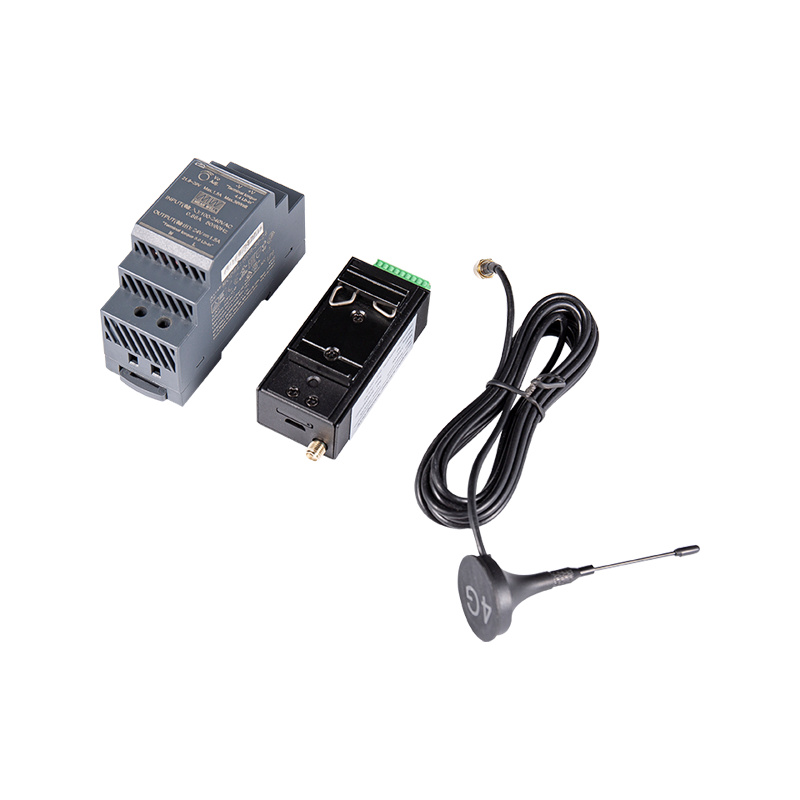- Home
- About us
- Product
- Multi-Function Power Meter
- Digital Panel Meter
- Din Rail Energy Meter
- Microcomputer Protection Device
- Low Voltage Motor Protection Controller
- Wireless Temperature Monitoring Device
- Temperature And Humidity Controller
- Cabinet Dehumidifier
- Current Transformer
- Smart Safety Monitoring Energy Meter
- Energy Storage Device
- Case
- News
- Solution
- Download
- Contact
Web Menu
- Home
- About us
- Product
- Multi-Function Power Meter
- Digital Panel Meter
- Din Rail Energy Meter
- Microcomputer Protection Device
- Low Voltage Motor Protection Controller
- Wireless Temperature Monitoring Device
- Temperature And Humidity Controller
- Cabinet Dehumidifier
- Current Transformer
- Smart Safety Monitoring Energy Meter
- Energy Storage Device
- Case
- News
- Solution
- Download
- Contact
Product Search
Exit Menu
(+86 )18069799350
(+86 )18106587828
-
sherry@china-antin.com
ruby@china-antin.com
Can Electrical CT Meters be used for both single-phase and three-phase systems?
Home / News / Industry News / Can Electrical CT Meters be used for both single-phase and three-phase systems?
Author: Admin
Date: Jan 11, 2024
Can Electrical CT Meters be used for both single-phase and three-phase systems?
Electrical Current Transformers (CT) meters are typically used in electrical energy structures to measure and screen cutting-edge flows. These meters are designed to appropriately measure currents in single-segment and three-phase structures. In this 800-phrase article, we are able to talk how electrical CT meters may be used for both single-phase and 3-segment systems, their operating ideas, and the benefits they provide.
In a energy system, each single-segment and three-segment electric systems are common. Single-segment systems are usually used for residential applications, whereas 3-phase structures are used predominantly in business and industrial settings. It is vital to have correct modern-day measurements to make sure green strength distribution and usage. Electrical CT meters play a vital position in attaining this.
The working precept of an electrical CT meter is primarily based on the transformer principle. These meters consist of a number one winding, or the present day-carrying conductor, and a secondary winding. When modern flows through the primary winding, it induces a present day within the secondary winding, that's proportional to the primary contemporary. This induced cutting-edge is then measured and displayed on the meter.
For unmarried-phase systems, the primary winding of the electrical CT meter is hooked up in collection with the unmarried-section cutting-edge-carrying conductor. The secondary winding is connected to the measuring circuitry of the meter. As the contemporary flows thru the primary winding, it induces a present day in the secondary winding, that is then measured and displayed as the cutting-edge flowing via the conductor.
For three-phase structures, the number one winding of the electrical CT meter is hooked up in series with one of the 3-section present day-sporting conductors. The secondary winding is hooked up to the measuring circuitry of the meter. To measure the whole 3-phase contemporary, the individual currents in every of the phases may be summed up the usage of vector addition. Alternatively, three separate CT meters may be used to degree each section modern-day in my opinion. The benefit of the use of 3 separate meters is that the accuracy of every measurement is higher, as there may be no want for vector addition.
One of the important thing benefits of electrical CT meters is their capacity to appropriately degree excessive currents. In electric power systems, high currents flow through distribution lines and device. CT meters can handle these excessive currents through the usage of number one windings with a lower range of turns, which reduces their resistance and lets in for correct cutting-edge measurements.
Another advantage of electrical CT meters is their potential to provide isolation between the excessive-current electricity system and the low-current measuring circuitry. The number one winding, which is linked to the high-present day electricity gadget, is bodily separated from the secondary winding and the measuring circuitry. This isolation prevents any harm or harm to the measuring circuitry from excessive currents, making sure the safety of the meter and the user.
Furthermore, electrical CT meters provide high accuracy and precision in present day measurements. These meters are calibrated to enterprise requirements and are designed to offer accurate readings even in harsh or tough environments. The precision of CT meters permits for reliable tracking and manage of power gadget currents.
In end, electric CT meters may be used for each unmarried-section and 3-section systems. These meters make use of the transformer principle to correctly measure modern-day flows in electricity structures. They offer high accuracy, precision, and isolation, making them ideal for tracking and manage packages. Whether it's miles a residential single-section machine or an business 3-segment gadget, electric CT meters play a essential function in efficient strength distribution and usage.
Contact Us
Get a quote to learn about our new products
-
(+86 )18069799350
(+86 )18106587828 -
sherry@china-antin.com
ruby@china-antin.com -
( +86)-571-87381800
-
4th Floor, Building C, Qinglan Science and Technology Park, Xihu District, Hangzhou City, Zhejiang Province, China




